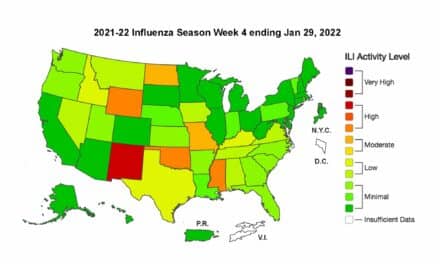Researchers are using observational data and computer models to map how respiratory diseases like influenza can spread on airplanes during flight, which could inform passengers of their flu risk. The conclusion: passengers should sit in the window seat to minimize their risks of contracting the flu.
Researchers traveled in the coach section of 10 transcontinental flights between 3.5 and 5 hours long during the North American flu season. They then logged the movements of every passenger and crew member on the flight. They also took 229 samples from the air and surface swabs around the plane.
All that spying on passengers gave the team a “blueprint” for how people move around an aircraft and interact with one another, showing potential connections for the spread of disease. But it was unclear how fast the disease could spread. So the researchers fed the information into a computer model based on historical data of spread. They then multiplied that transmission rate by four to create a worst-case scenario.










